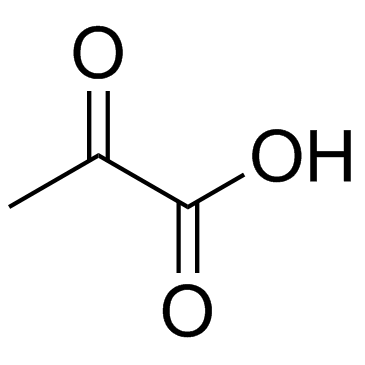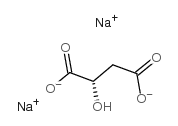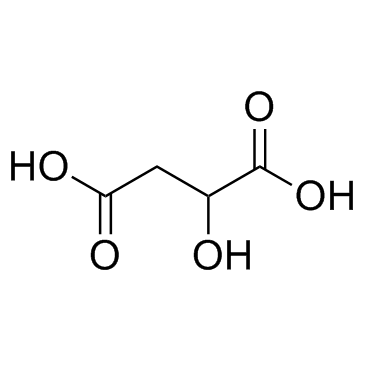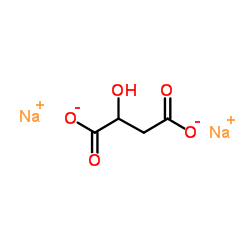| 结构式 | 名称/CAS号 | 全部文献 |
|---|---|---|
 |
丙酮酸
CAS:127-17-3 |
|
 |
D-(+)-苹果酸
CAS:636-61-3 |
|
 |
L-(-)-苹果酸二钠盐
CAS:138-09-0 |
|
 |
苹果酸
CAS:6915-15-7 |
|
 |
DL-苹果酸二钠水合物
CAS:676-46-0 |